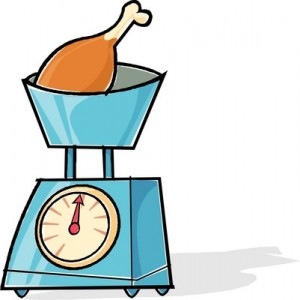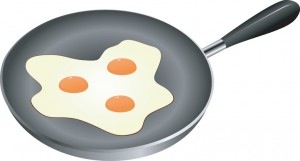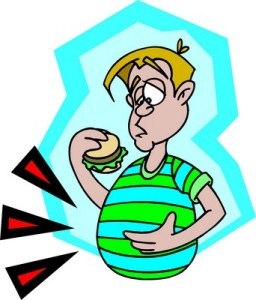 You’ll be amazed at how much food we eat!
You’ll be amazed at how much food we eat!
According to the US Department of Agriculture, a typical American really does eat around a ton — actually 1,996 pounds of food every year.
How much – and of what?
Our food tonnage breaks down to about:
- 630 pounds of milk, yogurt, cheese, and ice cream
- 31 pounds of cheese
- 185 pounds of chicken, turkey, pork, and beef per person
- 197 pounds of wheat and other grains
- 273 pounds per person of fruit (a lot of water weight)
- 415 pounds of vegetables (the most popular choices are corn and potatoes)
- 141 pounds of sweeteners
- 85 pounds of fats and oil
Why We Choose And Eat Certain Foods
According to researchers at the Johns Hopkins Bloomberg School of Public Health, why we choose to by certain foods is influenced by:
- your income
- the cost of the food
- your ethnicity and gender
- environmental factors: availability of fast food, food advertising, and food pricing
- individual factors: how the food tastes, how convenient it is to buy and prepare, and how healthy you think the food is.
Often equally as important in our food decision making process is what’s in front of our noses. Food satisfies a physiological need – we need it for to fuel our bodies. But – as most of us know — a lot of us eat when we’re not hungry – with little regard for nutrition – because if we see it we eat it. Food is nurturing; it’s social; it’s emotional; it tastes good; and it’s often a great way to procrastinate or to keep those around you happy.
Two things are certain: Food and eating involve (often complex, often subliminal) decision-making -– and even if you don’t overindulge, when you add it all up — we eat a whole lot of pounds of food in a year.



